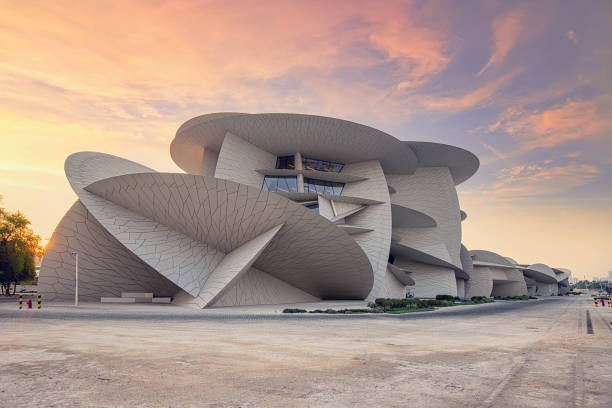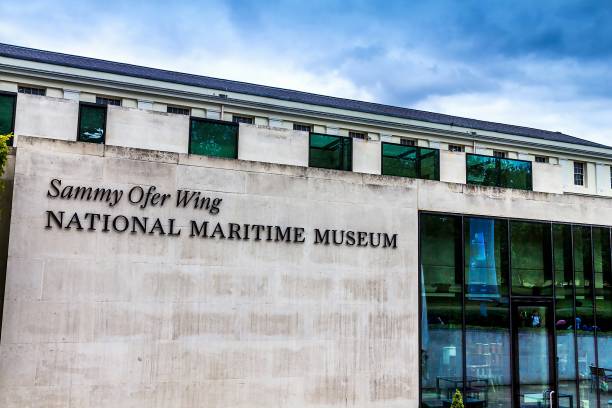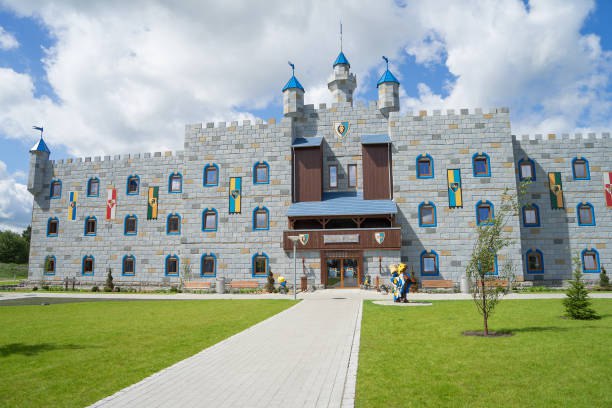Qatar, a small but captivating country on the Arabian Peninsula, is known for its modern architecture, luxurious shopping, and vibrant cultural scene. But beneath the surface of its contemporary splendor lies a rich history that stretches back thousands of years. If you're a history lover or simply intrigued by the ancient past, a visit to the National Museum of Qatar (NMOQ) is an absolute must.
Located in Doha, the National Museum of Qatar is more than just a collection of artifacts; it's a journey through time, taking you back to the prehistoric era and beyond. With its stunning architecture designed by Jean Nouvel, the museum itself is a work of art, but it's the exhibits inside that truly transport you into Qatar's ancient past.
Here’s a glimpse into what you can discover at the museum about Qatar’s prehistoric history:
1. Ancient Artifacts from Qatar’s Prehistoric Settlements
The museum showcases a variety of ancient artifacts, many of which were found during archaeological digs in the country. From stone tools to pottery, visitors can witness firsthand the objects used by the earliest human settlers in Qatar. These items reveal how early Qatari communities survived and adapted to the harsh desert environment, providing crucial insights into daily life thousands of years ago.
2. Fossils and Evidence of Ancient Life
One of the most fascinating aspects of Qatar’s prehistoric past is the discovery of fossils that show evidence of ancient life forms. The museum’s exhibits include preserved fossils of marine life, plants, and even early mammal species. These fossils help tell the story of a time when Qatar was not the dry desert we know today but was covered by lush, tropical seas and vibrant ecosystems.
3. The Dawn of Civilization in Qatar
Visitors to the museum will also discover the rise of early civilization in the region. Through interactive displays, visitors can explore the evolution of society in Qatar, from nomadic tribes to settled communities engaged in trade, agriculture, and craft. The museum provides an understanding of how the introduction of agriculture and the domestication of animals played a pivotal role in the development of Qatar’s prehistoric societies.
4. Engaging Interactive Exhibits
The National Museum of Qatar takes learning to the next level with its immersive, interactive exhibits. Using cutting-edge technology, visitors can engage with the displays, learning more about the tools, methods, and ways of life of Qatar's early inhabitants. From touchscreens to virtual reality experiences, the museum offers an engaging and educational experience for people of all ages.
5. The Role of Water in Prehistoric Qatar
The importance of water in Qatar’s history is also highlighted in the museum's exhibitions. Qatar's prehistoric settlers were heavily reliant on water sources, and the exhibits explore the vital role of natural springs, wells, and coastal resources in sustaining life on the peninsula. You'll also see how early Qatari societies were innovative in utilizing these resources for survival.
6. Guided Tours and Educational Programs
For those who want to dive deeper into Qatar’s prehistoric past, the museum offers guided tours led by knowledgeable experts. These tours provide fascinating insights into the artifacts and exhibits on display. The museum also offers educational programs for children and families, making it an excellent destination for travelers with young ones interested in history and culture.
Tips for Visiting the National Museum of Qatar
Best Time to Visit: The museum is air-conditioned and can be visited year-round, but for a more pleasant experience, consider visiting during the cooler months (November to March) when Doha’s weather is more temperate.
Opening Hours: The museum is open daily from 9 AM to 7 PM, with free admission for children under 16.
Accessibility: The National Museum is easily accessible by public transportation, taxis, or even walking if you're staying in central Doha.
To visit the National Museum of Qatar, skyroutetravel.com for more details.

 India
India
 Sri Lanka
Sri Lanka




0 comments for this post